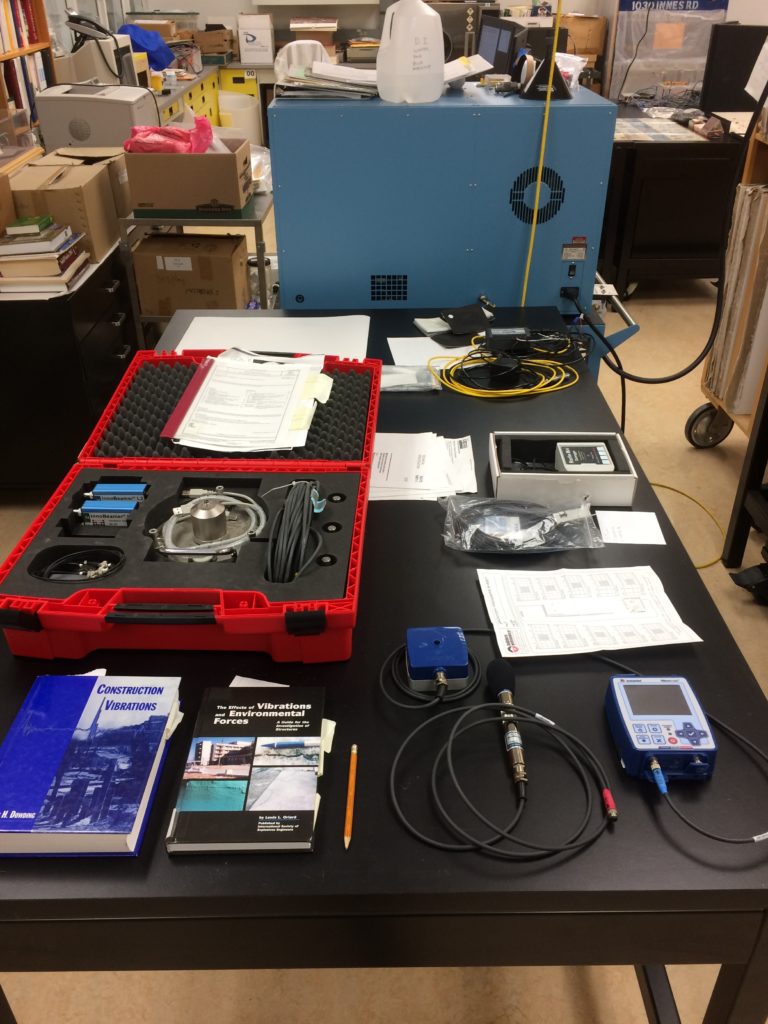Senior Preservationist, Jeff Larry, was in Ottawa, Ontario this month to attend the Association for Preservation Technology (APT) & National Trust for Canada Joint Conference. He offers this report on his observations and experiences at the conference, plus what this means for the future of preservation at the Cottage:

Ottawa, Ontario
When I was kid I would check our mailbox every day at the end of the month, waiting for the delivery of my favorite comic book. When it arrived I would carefully remove the wrapper, settle into my beanbag chair and get lost in the adventures of The Fantastic Four. This slightly geeky obsession has evolved a bit over the past thirty-five years but the anticipation and thrill are still the same. These days, when I’m checking my mailbox, it’s for the arrival of the latest edition of APT Bulletin.
APT is a membership organization founded in 1968 with a mission to “advance the application of traditional and contemporary technology appropriate to conservation of the built environment and the cultural resources that contribute to its significance.” APT Bulletin is their quarterly journal and its articles “showcase cutting-edge preservation techniques, as well as innovative applications of established restoration technologies.”
So I was thrilled to attend the APT Conference in mid-October in the lovely city of Ottawa, Canada.
Field Tour
With the excitement akin to a ten-year old boy at his first Comic Convention, I began the APT Conference with a visit to the Canadian Conservation Institute (CCI) and the Parks Canada Conservation Laboratory. CCI is a special operating agency within the Department of Canadian Heritage and was created in 1972 to “promote the proper care and preservation of Canada’s cultural heritage and to advance the practice, science and technology of conservation.” Similar to our National Park Service, Parks Canada is tasked with protecting and presenting “nationally significant examples of Canada’s natural and cultural heritage, and foster public understanding, appreciation and enjoyment in ways that ensure the ecological and commemorative integrity of these places for present and future generations.”
The afternoon was spent touring the various laboratories and listening as conservators and scientists discussed their projects. There was a fascinating presentation on their ongoing research into the hybrid nitrogen/water mist fire suppression system which extinguishes a fire without flooding a historic building with water. A discussion on crack monitoring equipment and how vibrations from construction could affect building materials was relevant to possible future work on the concrete floor of the Cottage vestibule. CCI’s Paint Analysis Laboratory uses a table of colored columns and rows to show how the various paint layers on different surfaces relate to each other over time. This is a far more useful and updated method than the paint analysis the Cottage commissioned in 2002 with its observations written by hand!
Paper Sessions
Though there were some interesting sessions in the Cultural & Community Track, the next two days were spent attending sessions in the Techniques & Technology Track which covered the “evolving and latest research, documentation, measurement, non-destructive evaluation, testing, modeling and diagnostic tools for the historic preservation of buildings, engineering structures, and cultural landscapes.” My first thought in choosing a presentation is, how is this technology applicable to a project at the Cottage? Overall, I attended twenty presentations that included all of the above listed components of a preservation project and two themes appeared:
- How to use technology (or combination of technologies) to collect, manage and display huge amounts of data. In the past, the Cottage has used many of the discussed technologies (ground penetrating radar, thermography, pulse radar, 3-D laser scan) yet these technologies continue to evolve and though we may not have an immediate use, it is important to have a general understanding of the latest techniques and technology so that we may make more informed decisions down the road.
- The value of teamwork. Preservation projects can frequently require the use of numerous specialists. Time and again, presenters emphasized how important it was to develop a team that understood the significance of the project and their role in it.

Construction vibrations kit
Attending a conference, such as APT, clearly provides substantial educational opportunities and I am fortunate that PLC supports this type of professional development. But these events also provide something more. Something not listed in the program. I admit to feeling a bit sheltered at times in my Gothic Revival world at the Soldiers’ Home. These gatherings provide an opportunity to sit with architects, architectural historians, preservation contractors and conservators over coffee or a glass of wine and casually discuss and completely nerd-out about all things preservation. Do you think anyone would buy a comic book about the adventures of a Senior Preservationist?
